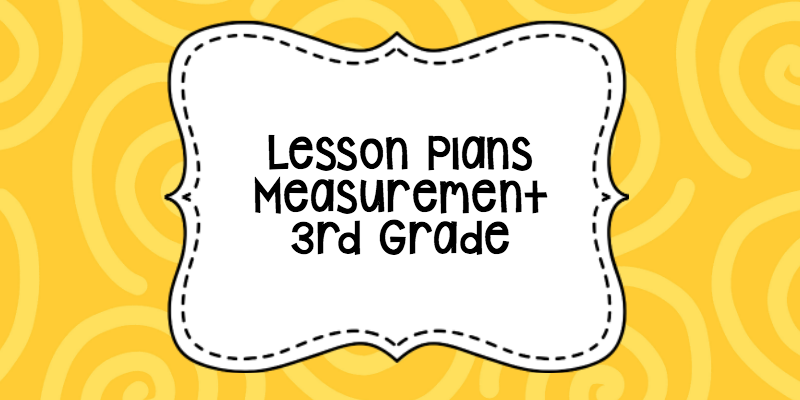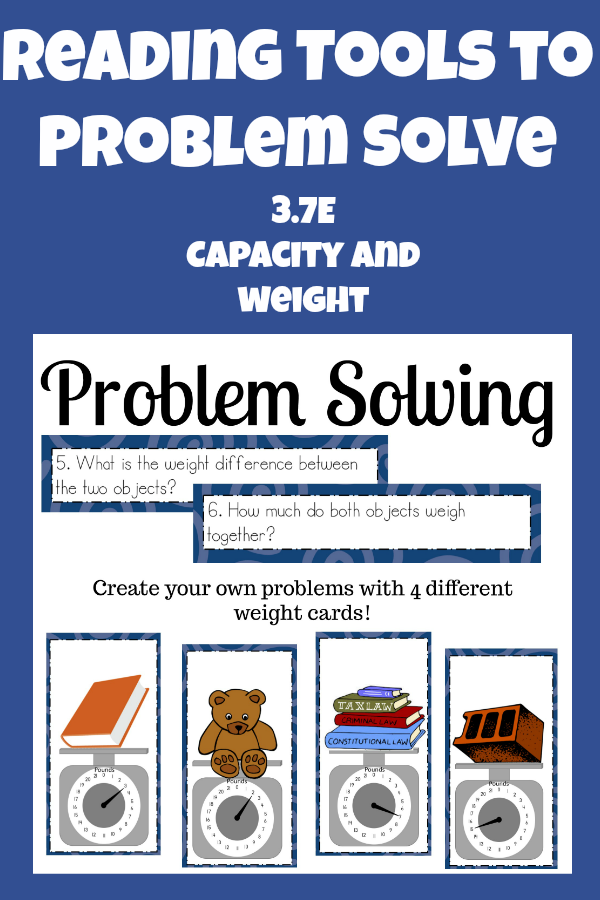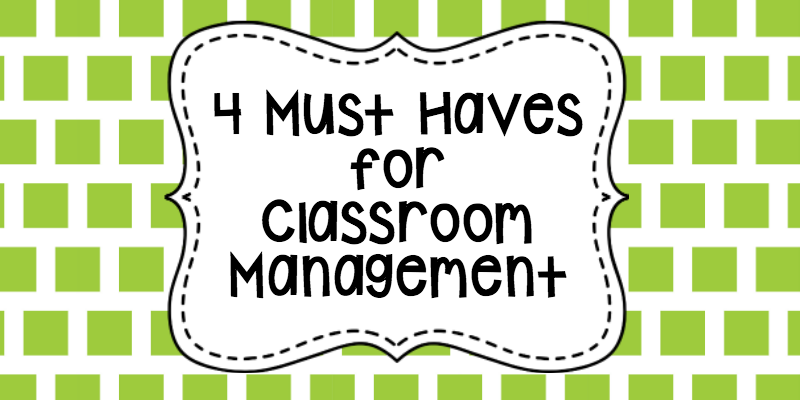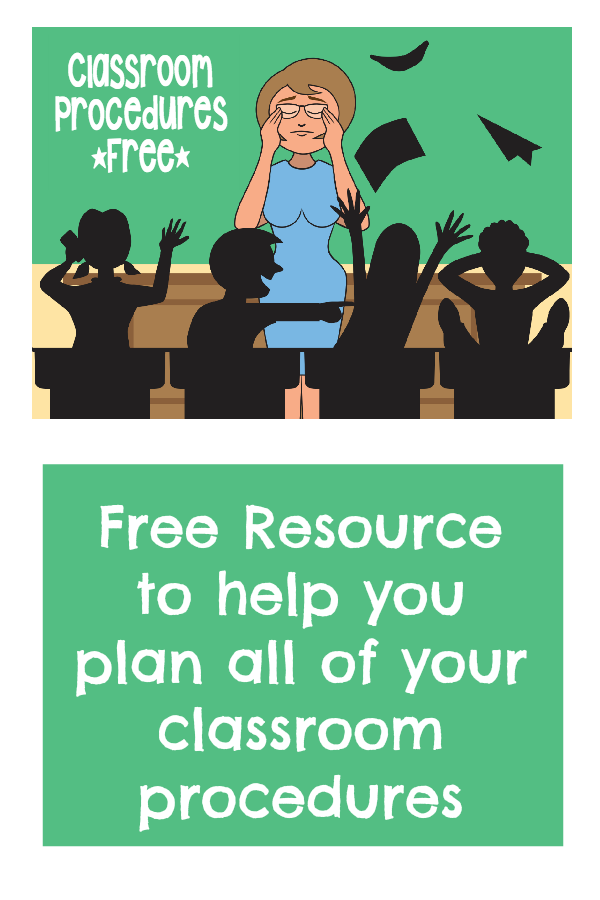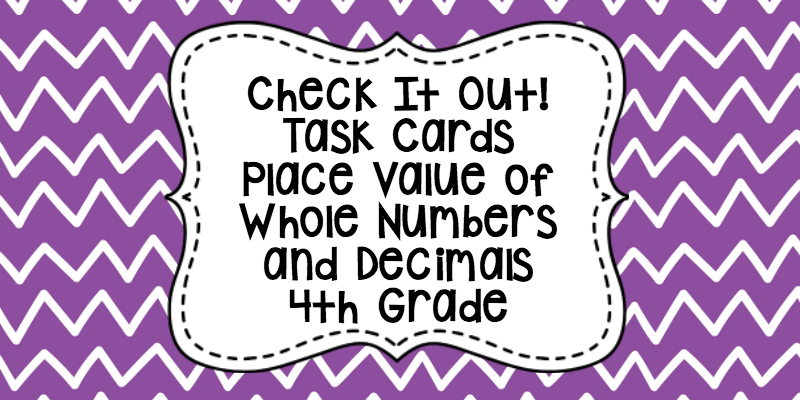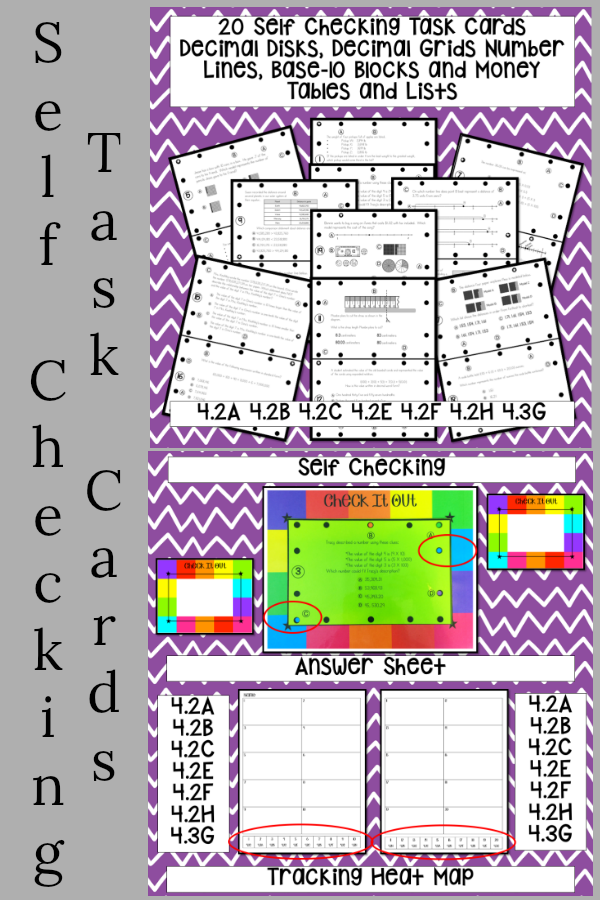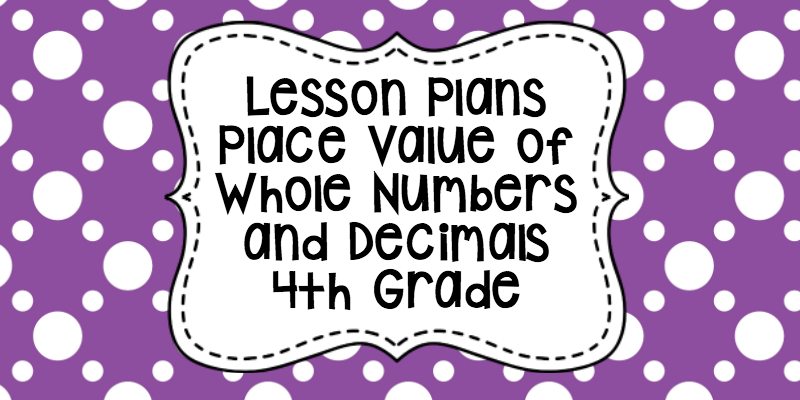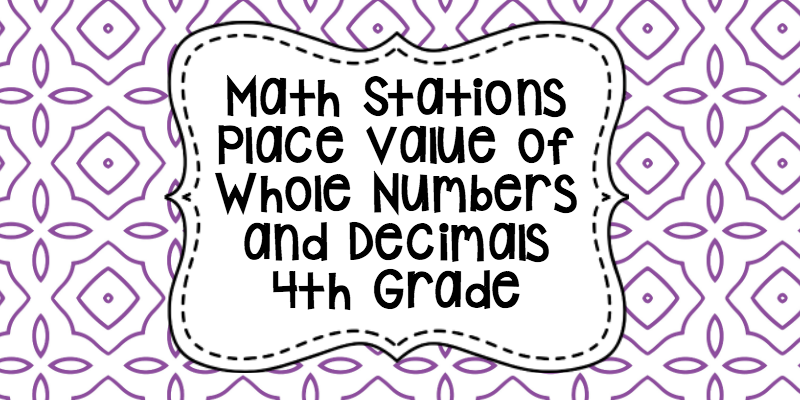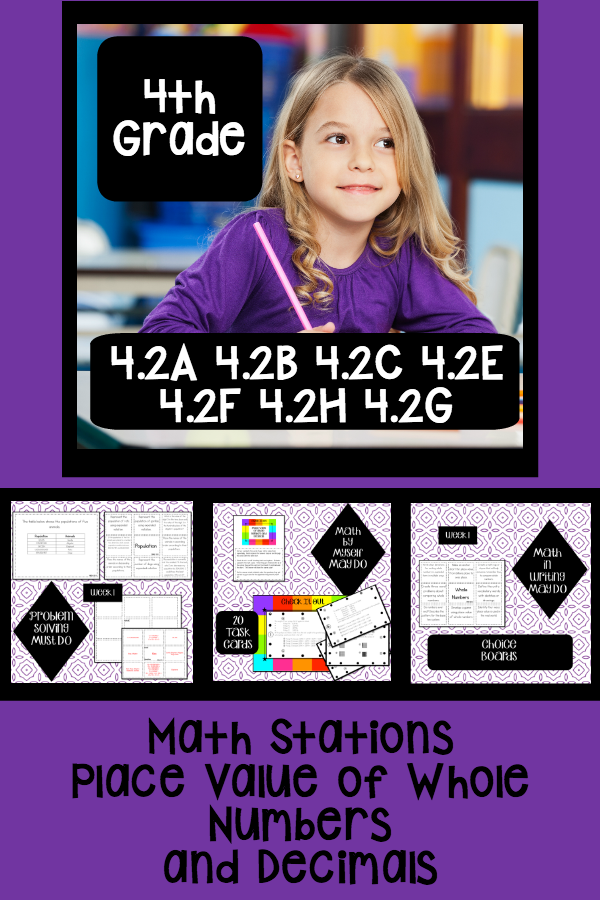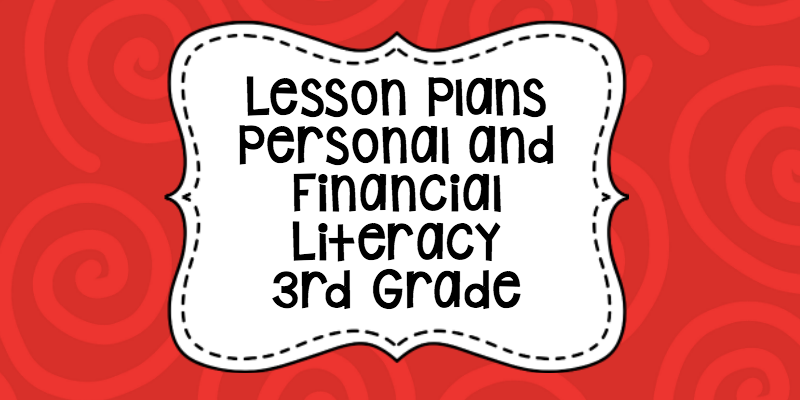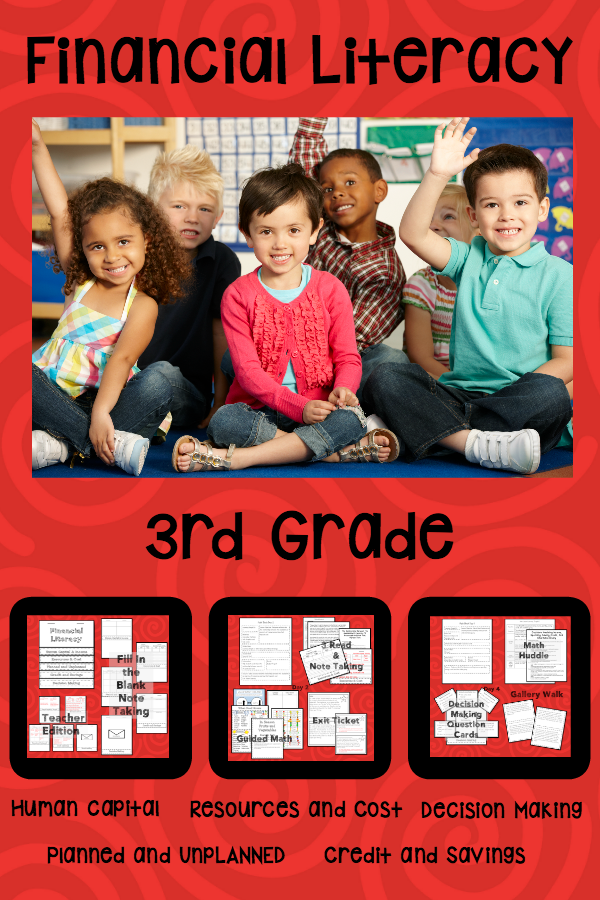Measurement- Elapsed Time, Capacity and Weight, Missing Side Perimeter and Area
This unit is about area, perimeter, customary and metric measurements of capacity and weight, and time.
Students will continue to find the area of composite figures by decomposing the figure and using the additive property of area. They will also be finding the missing side when given the perimeter of a polygon. Students will use what they learned in Unit 10 about regular shapes to determine the perimeter of composite shapes.
Customary and metric measure units involving capacity and weight will be used in problem solving situations. Students will select the appropriate unit of measure based on size. Students do not convert measurements this year!
Time- Students need to tell time on an analog clock. They will be working with elapsed time using clocks and number lines.
Each day contains objective, learning targets, materials, whole class teaching activity, guided math activity and closure with an exit ticket and answer key for most days.
Whole Class teaching in this unit contains:
Mini Lessons (Connection, Teaching Point, Active Engagement and Link to Ongoing Learning)
Reading the Tools of Capacity and Weight- Problem Solving Activity
Measurement Gallery Walk
Elapsed Time Rulers
What’s The Time Cards
Games and Engagement Activities in this unit include:
Scavenger Hunt Elapsed Time
Scavenger Hunt Missing Side Perimeter
Area SCOOT- Unit 9
perimeter and Area Tetris
SCOOT Perimeter of Geometric Shapes
Capacity and Weight Cards
This unit is designed to print and go! I keep mine in a binder. You can put each day and all of the materials for that day in one sheet protector.
I hope this unit helps you with Guided Math by providing a whole class teach, active engagement, guided math activities and exit tickets for almost everyday- you can’t beat $1.25 per day for a complete unit!
This product is part of a bundle!
3rd Grade Math Lesson Plan Bundle Entire Year Follows TEKS!
